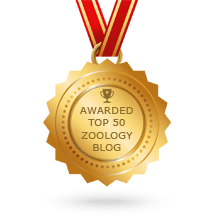 Yesterday on the news blog
Yesterday on the news blog Gavin posted a story about the apparent comeback being made by Britain's largest butterfly
Papilio machaon the Swallowtail. The butterflies seen in East Anglia are of the British subspecies,
P.m. britannicus, (left top) whereas the common European subspecies
P.m.gorganus (left, below) is only known in the UK from rare vagrants blown over from Europe. At least that is the generally accepted state of affairs.
However, evidence from engravings from old books, and vintage butterfly collections
_edit.jpg)
says that the butterflies which were once found in Kent and around London within historical times, were actually
P.m.gorganus, which is mildly interesting but also seds light on another British lepidopterical (if that is a word) mystery.
The British subspecies of the large blue (Lycaena dispar dispar) became extinct in the mid 19th Century, and reintroduction attempts have been of the Dutch subspecies L.d.batava or the Eastern European subspecies L.d.rutilus. Material from 18th Century butterfly collections suggests that the so-called British subspecies was not the only subspecies that once lived in Britain. This is a tantalising thought. If so-called foreign subspecies once lived in Britain, could the so-called British subspecies have lived on continental Europe as well? And, if so, is there any possibility that it has survived?
 Happy Birthday to our favourite sub-editor Lizzy C, who (apparently, because I have just spoken to her) has various birthday treats lined up for her today by her sister and her boyfriend.
Happy Birthday to our favourite sub-editor Lizzy C, who (apparently, because I have just spoken to her) has various birthday treats lined up for her today by her sister and her boyfriend.










_edit.jpg)









